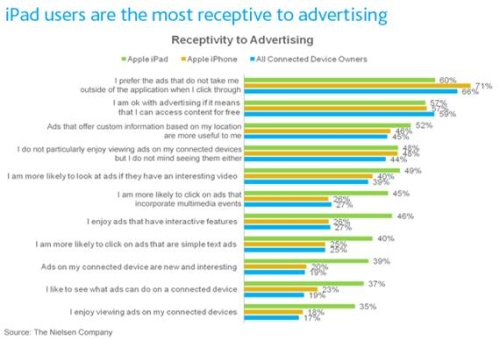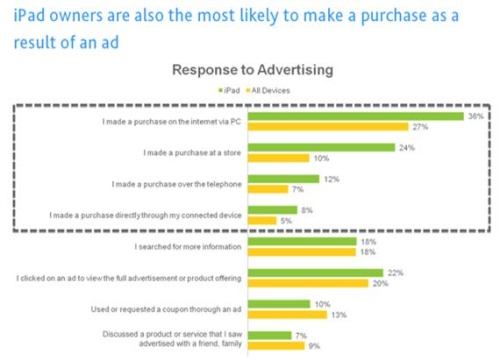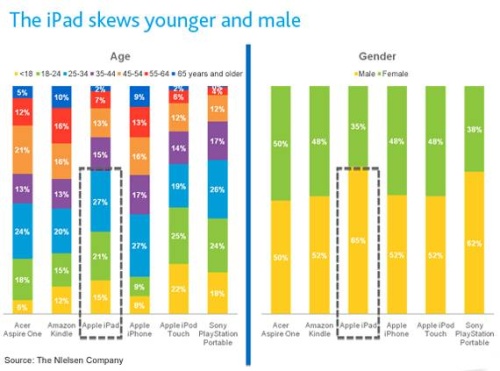LeWeb10 – web strategy catch-up with Jeremiah Owyang
When I joined the LeWeb10 in Paris last week, I was fortunate to spend some time with Jeremiah Owyang, partner at Altimeter Group and Blogger at web-strategist.com. We to talk about the future of web-strategy, the evolution of brands in the social web era and exchanged thoughts on how businesses need to integrate social media in their web activities. And it was good to see that our views matched nicely.
Afterwards, I did a quick video snapshot on three topics…
Where is web-strategy heading to in 2011?
The main trend that Jeremiah foresees is the integration of social media into the corporate website. In 2010, I have seen many companies already challenging this topic, and it improves. Although I have to admit, in many cases I found often tiny mistakes like the way social media conquers websites while important information gets lost or hidden in the backend or also placement of share items/buttons in the wrong corner apart from other things. Yes, companies are integrating their social affinity and activity but should not forget the business model, the target-group (or should I say friends or followers?) and the main existing user behavior…
What are the main trends from a long-term perspective?
Social analytics and Social CRM will emerge (active, pervasive), he said, and he differentiates this from social media monitoring (passive, reactive). I defintely agree in that point. Companies need to understand and react immediately whenever a client approaches a brand or a company how to match the data of all website and lead generation traffic stats with the CRM system in order to pro-actively supply relevant offers to them – be it on mobile, online or offline. Otherwise any competitive advantage will get lost in the future.
What is the role of brand vangelists/brand advocates in the future?
Microsoft, Intel, Oracle, SAP, Wall-Mart amongst others have already deployed brand vangelist/brand advocates for their purposes. He makes clear that by using these people brands get ahead of the 1:1 dialogue which he thinks does not work on the social web. Brand advocates make the communication programs scale, he argues – I could not agree more as I see the main ROI factor from a user perspective in the time factor.
Thank you, Jeremiah! Looking forward to catching up in 2011…

 The Social Web has it good sites and also some parts where human kind should be thinking about the communication development – especially if the language suffers from extensive and fast use of user generated content production. This brings the English Spelling Society to think about it and do some research. The result… Among the 18- to 24-year-olds the majority believed that unconventional spellings (in chats and social newsrooms) are used on the internet because it is faster and has become the norm. 22% said they would not be confident in writing an important email without referring to a dictionary or spell checker, says the research. Are self-regulation mechanisms or a change of culture the future is the question? Though “variant” spelling exists there, 31% said that alternative non-standard spellings were “unacceptable”. 66% believe that dictionaries should contain variant spellings, says the
The Social Web has it good sites and also some parts where human kind should be thinking about the communication development – especially if the language suffers from extensive and fast use of user generated content production. This brings the English Spelling Society to think about it and do some research. The result… Among the 18- to 24-year-olds the majority believed that unconventional spellings (in chats and social newsrooms) are used on the internet because it is faster and has become the norm. 22% said they would not be confident in writing an important email without referring to a dictionary or spell checker, says the research. Are self-regulation mechanisms or a change of culture the future is the question? Though “variant” spelling exists there, 31% said that alternative non-standard spellings were “unacceptable”. 66% believe that dictionaries should contain variant spellings, says the 




